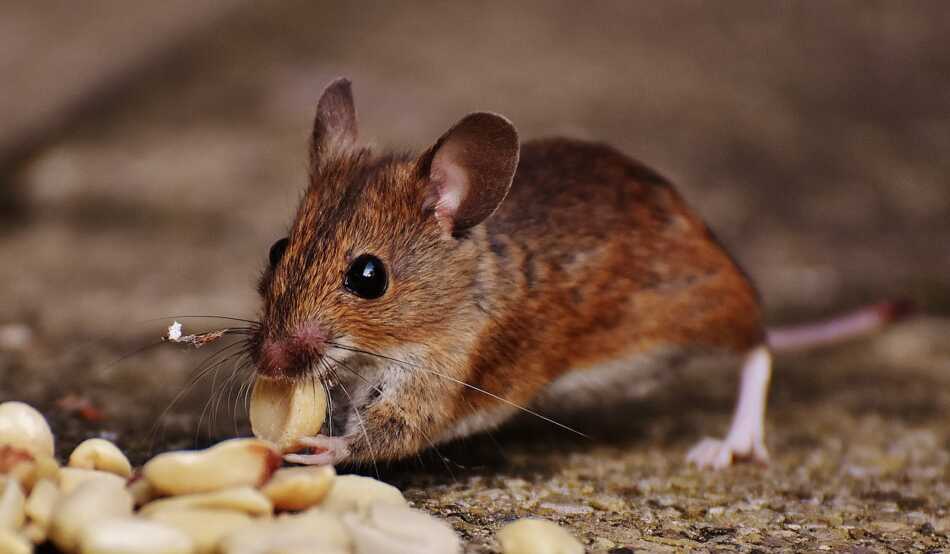Your home may be infested with rats, but these creatures are often hidden from view. You start seeing signs of their presence everywhere. Sometimes seeing water on the ground appears to be mouse pee to you, so you must be aware of what does mice urine look like so that you may be aware of when mice are present in your home.
Mouse urine, when combined with dust and filth, forms dry crusty, yellowish stains that produce an ammonia-like odor. The appearance of mouse urine stains will differ based on the surface. For example, little yellow stains will be seen if somebody urinates on a clean white cloth.
Mice urinate frequently; like droppings, you are more likely to notice little puddles around their nest. Grease, dust, and hair can mix with mouse pee to form urine pillars in areas where infestations have become extremely intense. These little mounds indicate these mice have been present for a while.
Mice and rats also pee frequently, so if your home is infected, you may uncover signs of rodent urine. Sometimes you’ll come across little puddles of urine, but other times you’ll just notice dried urine traces from the day before.
Rodents will leave pee and feces all over your house without hesitation. Furthermore, rodents have pretty weak bladders. These creatures will pee in almost any place. Keep an eye out for mounds of urine and dirt. To detect rodent urine, use a black or fluorescent light.
Mice urinate while moving and do not have a single bathroom. As a result, urine stains may be invisible to the naked eye unless pee has gathered on a heavily frequented runway. However, you can try to identify urine traces with ultraviolet (UV) light.
When exposed to particular wavelengths of light found in black light, usually referred to as ultraviolet light (UV), the amino acids in rodent urine and hair glow (shine). A flashlight investigation will frequently reveal rat droppings, urine staining, and other evidence.
If you shine a UV light through a commonly used pathway, fresh pee will appear bluish-white, while old urine will appear yellowish. Mice typically leave urine droplets in a straight path, with larger drops leading to smaller ones. Urine is typically seen in nesting or feeding regions and other places where mice frequently visit.
Mice will pee near or even in their nests. When a nesting site is cleaned or disturbed, allergens and disease particles accumulate in the droppings, and urine might become airborne and ingested. They can even do it while lying in bed. Mice may have entered the house if you discover a strong ammonia odour in the bedroom.
Mice pee looks and shines differently when exposed to different kinds of elements. When dry, rodent urine fluoresces from bluish white to yellowish white, becoming bluer when fresh and paler with age. Rodent hair illuminates blue-white. Starches, detergents, and soaps show a vivid blue-white shine. Sacking made from bleached fibres makes it appear blue-white.
Pitches and tars appear the urine to be yellow. Glues used to seal cardboard make it shine in a mustard yellow color. Human pee resembles rodent urine; however, it is found in bigger quantities. Lubricating oils and grease have a green-white to blue-white to brown fluorescence.
Rodent urine is frequently visible as a thin line of dots, droplets, or streaks running between boxes and bags, particularly on vertical surfaces. Tail drag marks in rodent urine are common in fluorescing deposits. The deposit of rodent urine is always asymmetrical.

